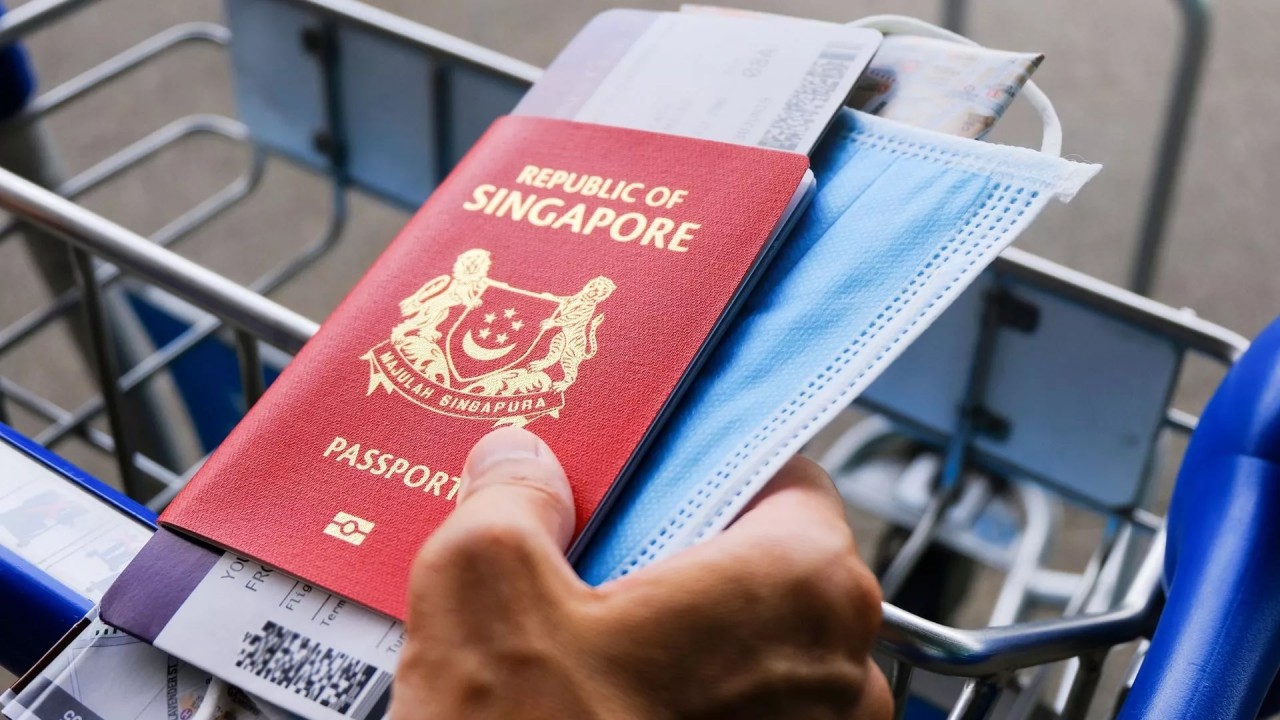Discover Interesting Facts About Oman You May Not Know
Oman, country occupying the southeastern coast of the Arabian Peninsula at the confluence of the Persian Gulf and Arabian Sea.
Much of the country’s interior falls within the sandy, treeless, and largely waterless region of the Arabian Peninsula known as the Rubʿ al-Khali. The region is still the domain of Bedouin nomads, although today it is also crisscrossed by oil and gas pipelines.
Oman, the small country located in the far southeastern part of the Arab Peninsula, is full of marvellous natural wonders and architectural beauty. Although that is true, there are lots of things about Oman that are not well known. Here are some interesting things most people don’t know about Oman.
1. Oman is the oldest independent state in the Arab world
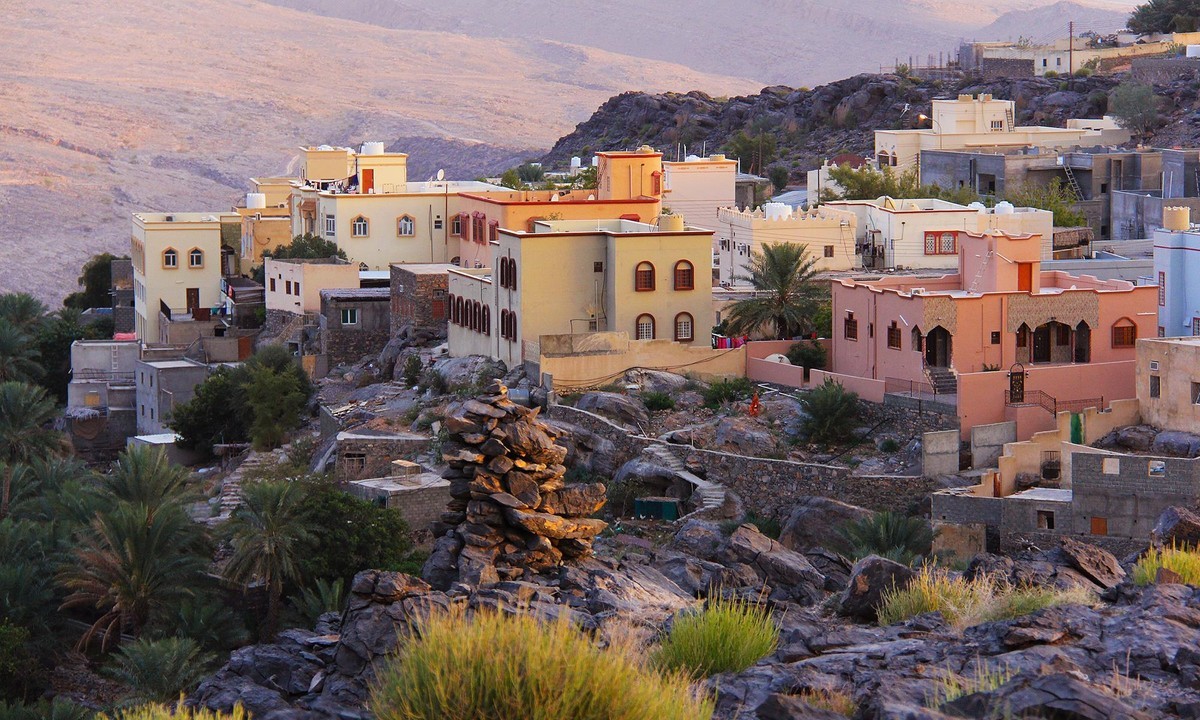 |
| Sotheby's International Realty |
Oman has a rich history dating back 100,000 years.
Oman is the oldest independent state in the Arab world. By the 18th century, the Omani Empire stretched from present day Oman down the east coast of Africa. A new era began in 1970 when Sultan Qaboos bin Said changed the name of the country from the Sultanate of Muscat and Oman to simply Oman.
Archaeological evidence has suggested an industrial presence around Aybut Al Auwal dating to around 100,000 years ago. Oman is also the location of one of the world’s earliest inhabited cities at Al Wattih, which dates back 10,000 years. Until the coming of Islam in the 7th century, Oman was dominated by the Assyrians, Babylonians and Persians. Each sought to use Oman’s strategic location for trade with the wider world.
As Islam expanded during the 7th century, Oman entered the faith freely, which led the Prophet Muhammad to state that, ‘God’s mercy be on the people of Al Ghubaira (the people of Oman)…They have believed in me although they had not seen me.’ Over the coming centuries rule in Oman divided amongst a variety of dynasties, imamates, and foreign powers. In 1154, the Nabhani dynasty came to power and ruled Oman until 1470.
In the late 17th century, the Imam of Oman, Saif bin Sultan, began a process of expansion down the east coast of Africa. In 1749, the current Al Said dynasty came to power in Oman after driving out the Persians who invaded in 1737. In 1783, the Omani Empire expanded to Gwadar in present day Pakistan. Oman became a powerful regional trading power based on maritime trade.
Sultan Qaboos ascended to the throne on 23 July 1970. Since this time, Oman has emerged as a prosperous and modern nation. Sultan Qaboos has balanced tribal, regional and ethnic division and improved his people’s quality of living. In 1996, Sultan Qaboos introduced the ‘Basic Statutes of the States’, Oman’s first written constitution, which guarantees rights within the framework of Qur’anic and customary law.
2. Oman is a terrorism free country
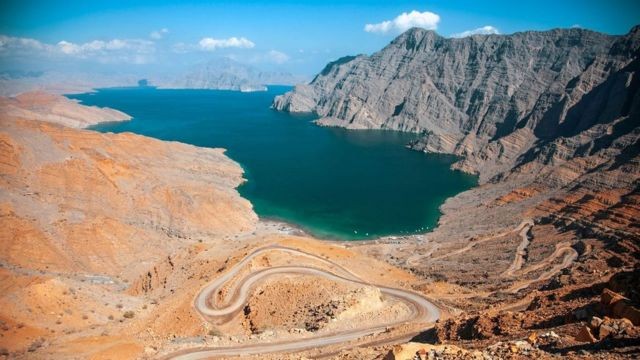 |
| Photo: BBC |
Oman was one of the few countries in the world free from terrorism in 2019, according to a major international study.
The Global Peace Index 2020 assigns each country a score between zero and 10. A score of zero indicates a country that is not affected by terrorism at all. Countries with a score of 10 are the most affected by terrorism.
Oman scored zero.
The report ranks the Sultanate as the country least exposed to terrorist attacks in the Middle East and North Africa
The report from the Institute of Economics and Peace, based in Sydney Australia, says that 63 countries witnessed at least one terrorist attack in 2019. The worst-hit region of the world was Sub-Saharan Africa. North American and European countries saw a sharp rise in the number of victims of terrorism in 2019.
Worldwide the total number of victims for 2019 is calculated at 13,826 – a 15% decrease from 2018. The cost of terrorism for 2019 is estimated at US$ 26.4 billion, a fall of 25% from 2018.
3. The Arabian Oryx is the national animal of Oman
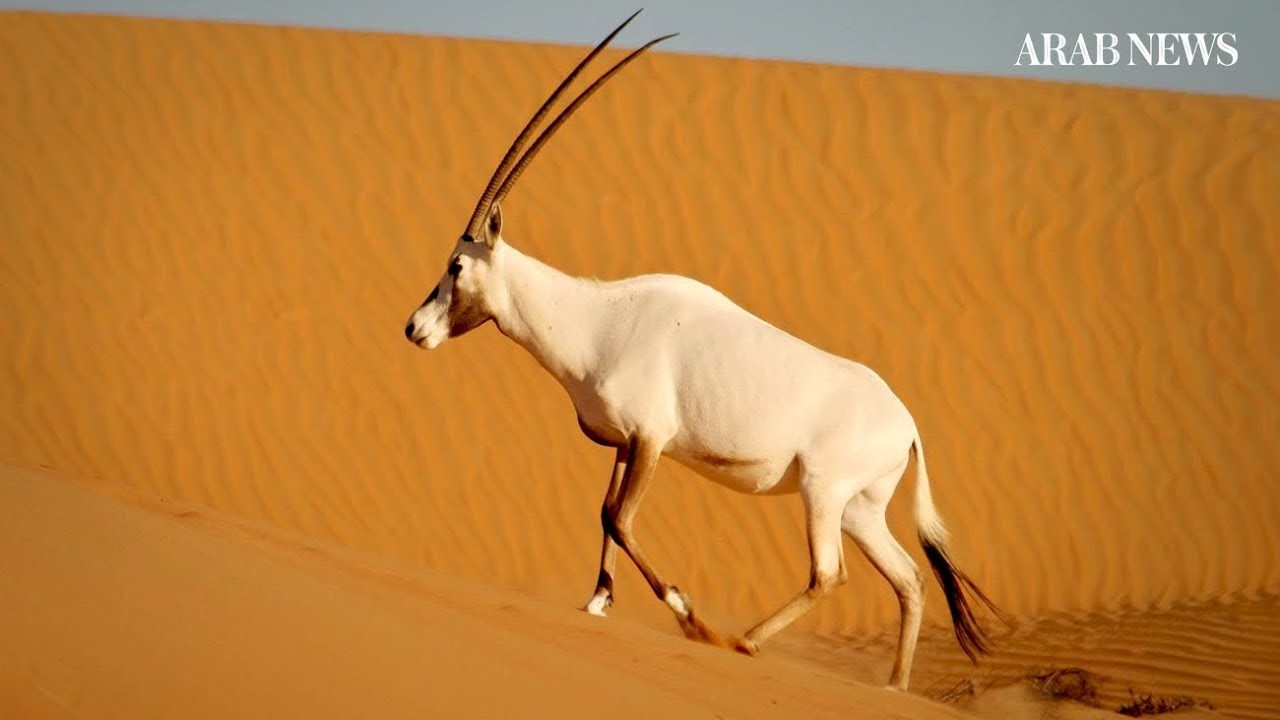 |
| Photo: Arab News |
Arabian Oryx is the official national animal of Oman. Arabian Oryx was entitled to the official Oman national animal. Oryx leucoryx is the scientific name of Arabian Oryx. It is commonly known as Arabian Oryx or Oryx and also called in many names like the maha, wudhaihi, baqar al wash, boosolah in Arabic and white Oryx in English, and Dishon in Hebrew, which are native found in the Sinai, Palestine, the Transjordan, much of Iraq, and most of the Arabian Peninsula.
It is also re-introduced in Oman, Saudi Arabia, Israel, the United Arab Emirates, Syria, and Jordan and with a small population in Hawar Island of Bahrain, and large semi-managed populations at several sites in Oman and the UAE. Oman’s national animal Arabian Oryx is the well accepted by the people of Oman that are the reason to designate as the official national animal of the country.
Oman’s national animal Arabian Oryx have separate names of both male and female. They are identified as; the females are called “doe, dam.” The males are known as buck, ram and the babies name lamb and lambskin. Being a polygynous breeder the Arabian Oryx male mates with many females in one mating season. The occasion of births can be different. Nevertheless, if the circumstances are positive, a female is able to produce single calf per year in any month… Gestation for this species lasts about 240 days. The young are weaned by the age of 3.5-4.5 months, and females in captivity first give birth when they are 2.5-3.5 years old.
4. Omanis are the greatest ship builders in the world
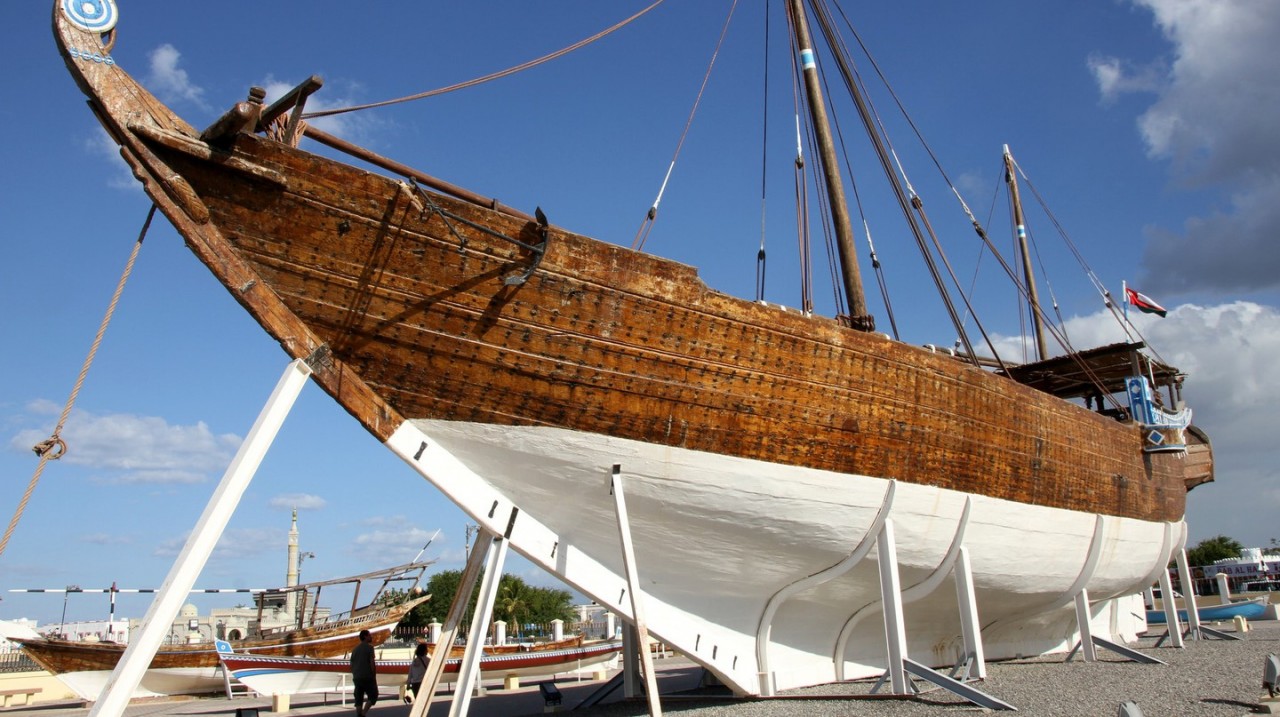 |
| Dhow in Sur, Oman | © Marco Zanferrari / Flickr |
The Omani ship building industry occupies a very important place among the traditional Omani industries, as Omanis have excelled in this industry. Ships have played a major role in the Omanis' ability to sail to the eastern and western hemispheres and stay in touch with the civilisations of the ancient world.
Omani ships are characterised by their various types and shapes. Sur was one of the most famous cities overlooking the Indian Ocean to manufacture ships. Visitors to Sur can roam and experience first hand the different stages of ship and boat building, and examine the materials used in manufacturing them. Tourists can also acquire small models of the ships that were built in Sur in ancient times. The most famous type of ship in Sur Province is the Al Ghanja, which takes one whole year to build.
In order to memorialise this type of ship, Sur natives have placed a model of an Al Ghanja ship (the benevolent conquest) in front of the Sur Maritime Museum as a monument for this ancient Wilayt. Other types of Omani ship include As Sunbouq and Al Badan. Omani ships are generally characterised by their durability and strength.
5. Omanis are among the finest breeders of Arabian horses
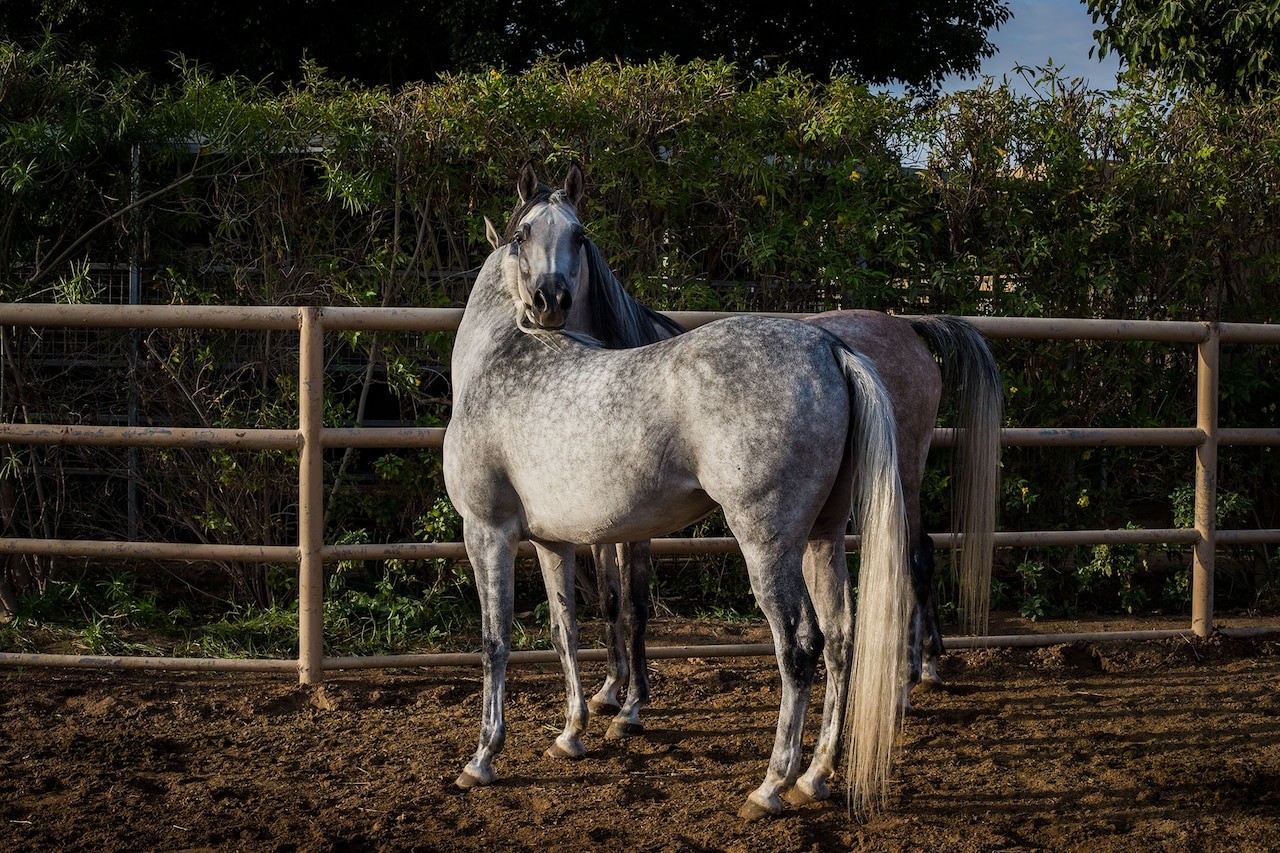 |
| Two Arabian show horses stretch their legs at the Royal Cavalry in Muscat, the capital of Oman. PHOTOGRAPH BY ANASTASIA TAYLOR-LIND |
As the name implies, the origin of Arabian horses lies in the Arabian Peninsula. Among the Arabian horses, however, there are various racial groups, such as full or half-blood Arabs and Shagya- or Anglo-Arabs. These look different but share some common features. In general, Arabian horses are spirited, persistent and willing to work, but also sensitive and people-related, which makes them very popular as leisure horses. They are well suited for longer rides and distances. High temperatures and humidity are no problem for the Arabs as they served the Bedouins as mounts for many hundreds of years, allowing them to get used to the hot climate, uneven terrain and scarce food.
The Arabian thoroughbred (or Arabian horse) form the oldest horse breed in the world. They are the pure form of the Arabian horse. With every Arabian thoroughbred, the pedigree can be traced back to the desert breeding of the Bedouins in the Arabian Peninsula. The special features of the Arabian horse are the small head with large eyes and nostrils, the broad forehead and the high tail. Despite their small but characteristic withers height of 140 to 156 centimeters, they are considered horses.
Arabian horses are the great passion of Sultan Qaboos ibn Said, the head of state of Oman. He owns nearly 1000 Arabian Thoroughbreds and thus the largest mounted army in the world, his “Royal Cavalry”. Arabian thoroughbreds are considered one of the most beautiful horse breeds in the world. In the Orient, they serve as a status symbol and are a sign of power and greatness. The horses enjoy a very special treatment. They are housed in the highest quality stables and get first-class, individual care. They mean a lot to the Sultan, which is why their breeding is subsidized by the state. So Sultan Qaboos does not only want to reserve these special horses for the rich but also allows the lower classes to breed Arabian horses.
6. Four UNESCO World Heritage Sites
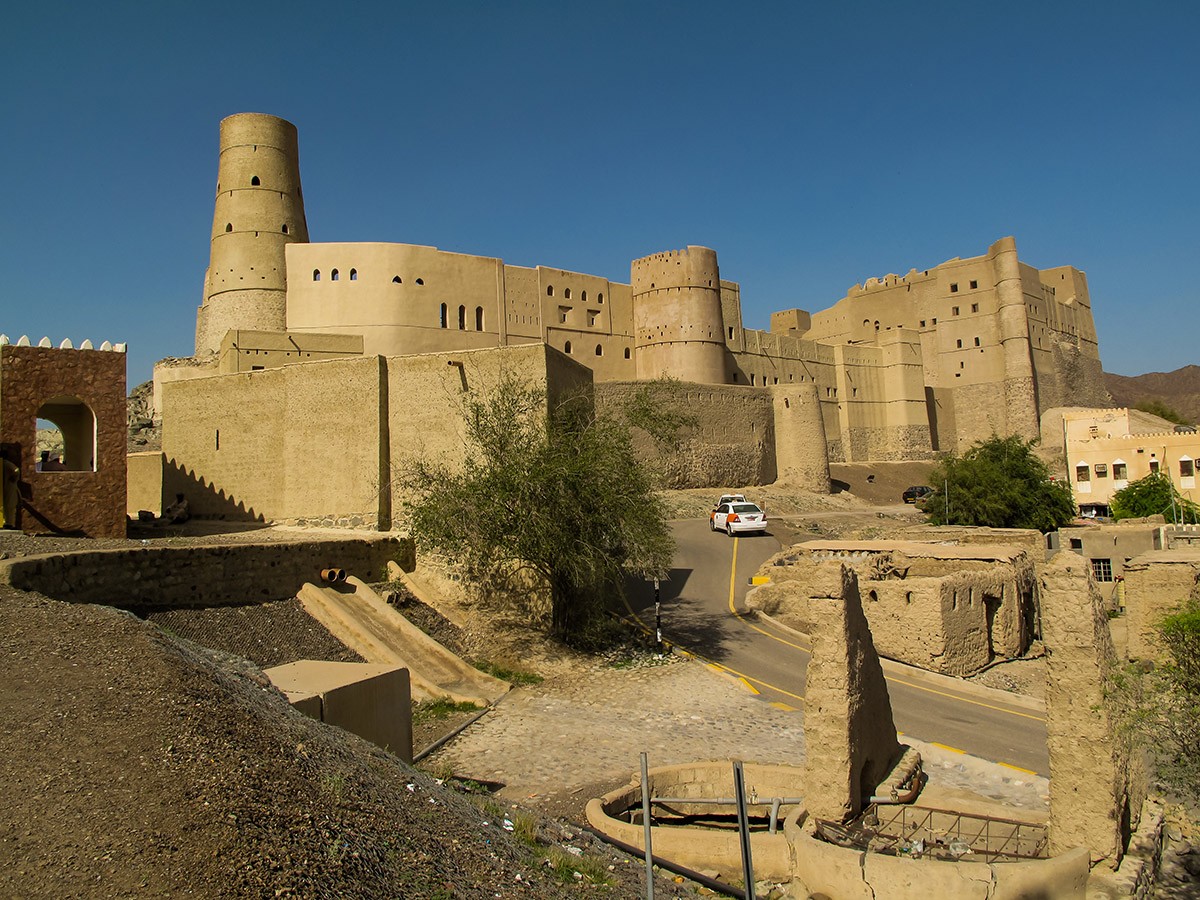 |
| Bahla Fort. Image courtesy of Wikimedia |
Oman has four sites that were declared as UNESCO World Heritage Sites. They include: Bahla Fort, the Archeological Sites of Bat, Al Khutm and Al Ayn, the exceptional irrigation systems of Al Aflaj around the country, and the Land of Frankincense (referring to a splendid area in the Dhofar region in southern Oman, which has Wadi Dawkah, the caravan oasis of Shisr/Wubar, and the ports of Khor Rori and Al-Baleed). This area represent the place where the ancient frankincense trade took place in Oman.
7. Aromatic Frankincense
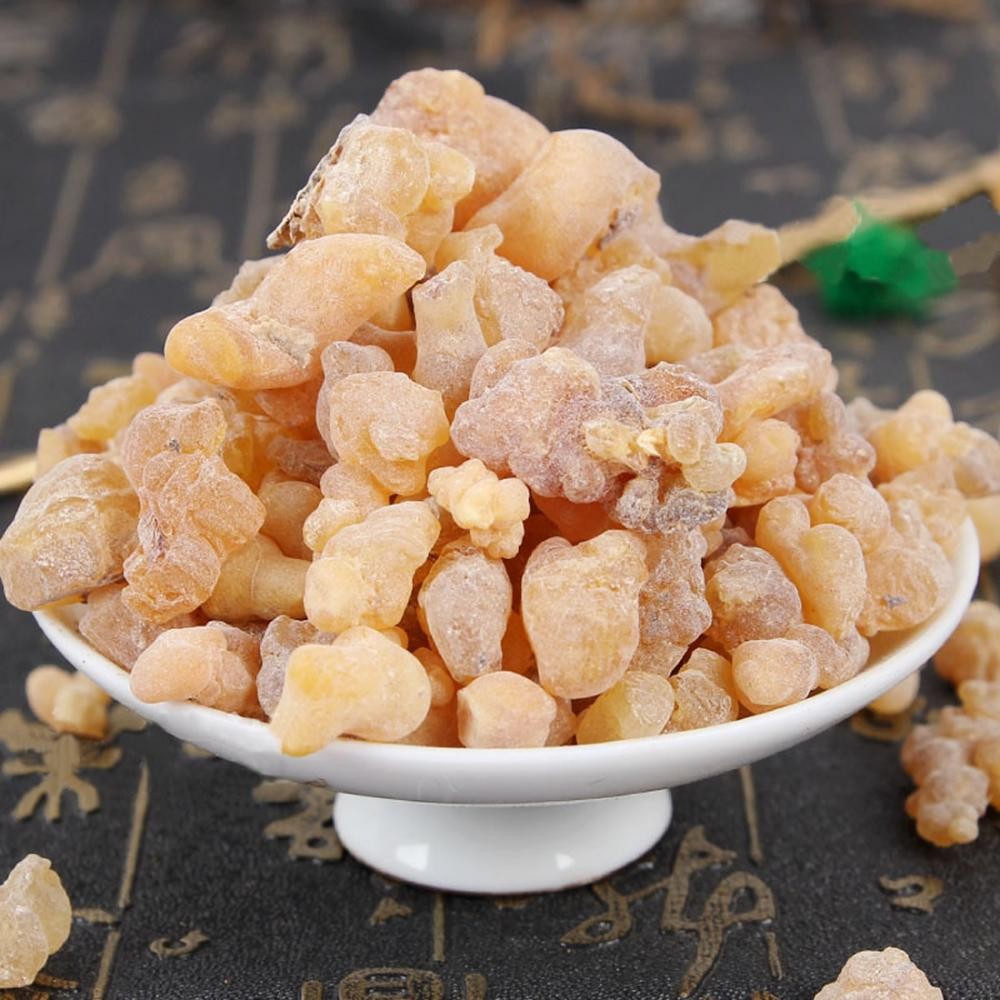 |
| Alitools |
Used as a primary ingredient in perfumes, Oman is responsible for producing a whopping 17% of the entire frankincense world production. It is a commodity that is most sought after in Europe for its fragrance and mild medicinal properties. It grows in the wild and can be bought in loose quantities from any souq.
The land of frankincense (a UNESCO world heritage site in Oman), a trade route, was used immensely in the middle ages for the trading of frankincense. This led to the very foundation of the boom in Oman’s economy.
8. Alcohol can only be bought with a license in Oman
 |
| Getty Images |
Being inebriated in public is strictly prohibited and could result in a night in jail and a hefty fine. Driving under the influence is absolutely against the Omani law and if you are caught driving under such circumstances, or worse yet, if you are involved in a motor vehicle accident, the consequences are dire.
Alcohol is served and sold throughout the year with the exception of the Holy Month of Ramadan when alcohol is not sold at all in Oman.
To drink liquor while out and about in Oman, the government grants alcohol licenses to certain restaurants, bars, and night clubs. Almost all of these outlets are located within hotels and only a few independent places are dotted around Oman.
In order to get an alcohol licence in Oman, you must have a residence visa and be a non-Muslim. If you are both, you can apply for a liquor licence and you are allowed to keep alcohol in your home.
9. Coffee is the national beverage
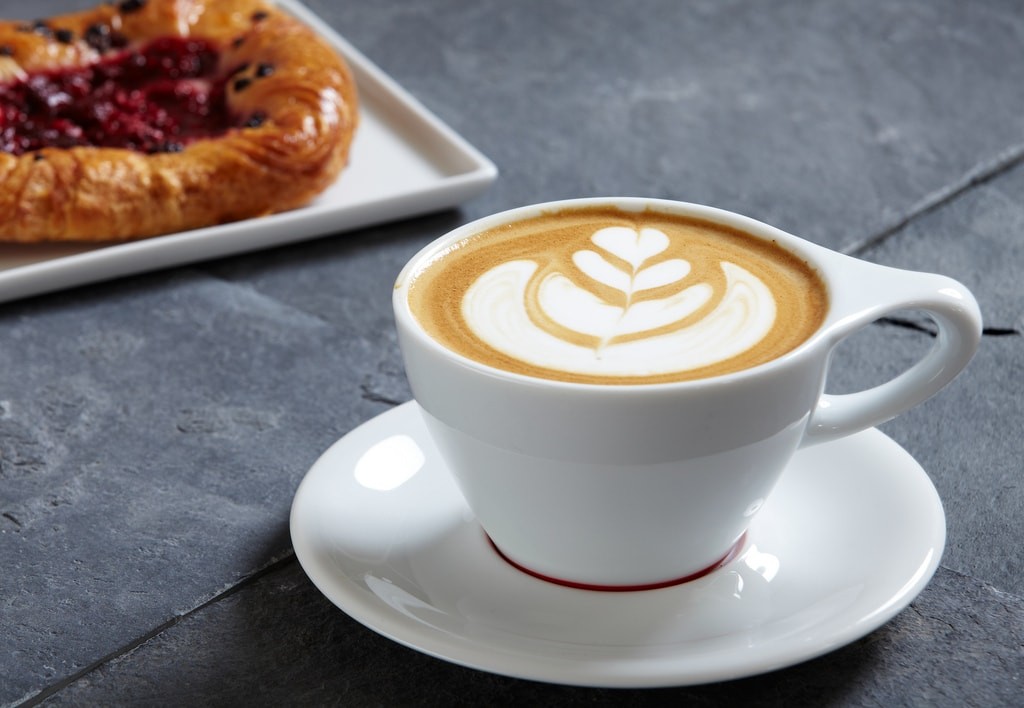 |
| Latte Art © Breville USA |Flickr |
Coffee is called kahwa in Arabic. In Oman, kahwa refers to the whole course of hospitality as it includes Omani coffee, dates, fruits, sweets and bakeries. Nonetheless, the kahwa drink is a unique blend of Arabian coffee that is usually mixed with cardamon. Omanis drink it several times a day, offer it to guests, and send freshly made coffee pots to their neighbors.
10. Green turtles migrate to Omani beaches
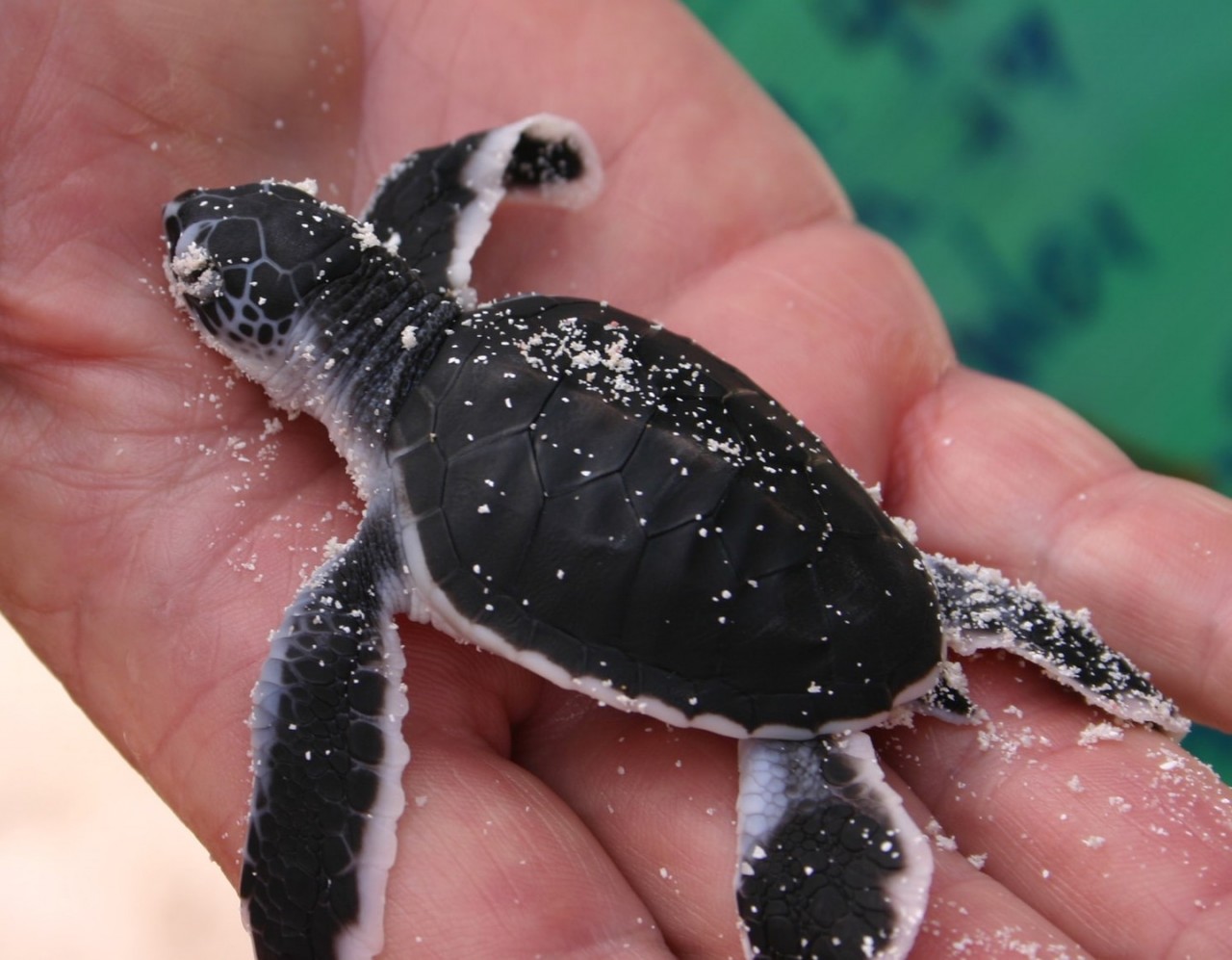 |
| Baby turtle (Chelonia Mydas) that just hatched | © Manuel Heinrich Emha / WikiCommons |
Annually, lots of turtles migrate to the beaches of the Arab Peninsula to lay their eggs. In Oman, the peak time for the turtles’ migration is between April and August of every year. Approximately 20,000 turtles come to some of Oman’s beaches, especially the eastern ones, to lay 50,000 to 60,000 eggs.
There are seven different types of sea turtles around the world. Five of them visit the Omani waters and beaches; they are the Green Turtle, the Loggerhead Turtle, the Hawksbill Turtle, the Olive Ridley Turtle, and the Leatherback Turtle.
The best-known beaches in which turtles go to lay eggs in Oman are Ras Al Hadd and Ras Al Jinz in the region of Al Sharqiyah, the Masirah Island, Ad Daymaniyat Islands, the shores of the Dhofar region, and some of the beaches in the northeastern area of the country.
Ras Al Jinz is a natural reserve for turtles and is considered one of the largest nesting sites near the Indian Ocean. Meanwhile, authorities estimate that between 50 and 60 different turtles lay their eggs on the beaches of Ras Al Hadd every day, and one of Muscat’s most famous resorts, the Shangri-La Barr Al Jissah Resort, has around 52 turtle nests.
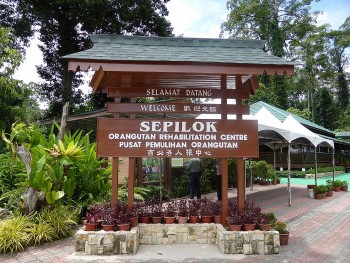 | Explore Top 7 Wonderful and Must-Visit Wildlife Hot-Spots in Southeast Asia From Komodo National Park in Indonesia to Ba Be National Park, these wonderful places have some of the world's most facisnating wildlife that will amaze ... |
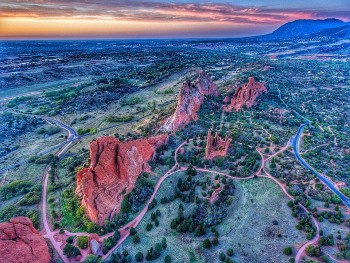 | Step Into The Wilderness: Visit The Mesmerizing “Garden of The Gods” Garden of the Gods, a mesmerizing public park with 300-million-year old sandstone rock formations, is a famous destination in the United States. |
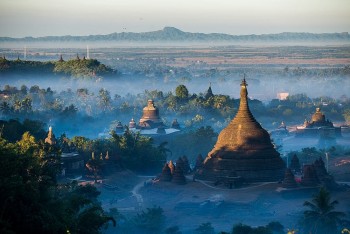 | Visit Mrauk U - The Dreamy Forgotten Heaven of Myanmar As a forgotten heaven, Mrauk U is a hidden ancient city that is nestled in a quite place in Myanmar, where its beauty and mysteries ... |
Recommended
 World
World
US, China Conclude Trade Talks with Positive Outcome
 World
World
Nifty, Sensex jumped more than 2% in opening as India-Pakistan tensions ease
 World
World
Easing of US-China Tariffs: Markets React Positively, Experts Remain Cautious
 World
World
India strikes back at terrorists with Operation Sindoor
Popular article
 World
World
India sending Holy Relics of Lord Buddha to Vietnam a special gesture, has generated tremendous spiritual faith: Kiren Rijiju
 World
World
Why the India-US Sonobuoy Co-Production Agreement Matters
 World
World
Vietnam’s 50-year Reunification Celebration Garners Argentine Press’s Attention
 World
World






